Understanding Low Pressure Toilets
Low pressure toilets are an essential category in the modern plumbing landscape, designed to operate efficiently in environments with reduced water pressure. These toilets are engineered to provide effective flushing capabilities by utilizing minimal water pressure, making them suitable for a variety of settings where conventional toilets might not perform optimally.
Types and Mechanisms
The design of a low pressure toilet often incorporates specialized fill and flush valves to ensure functionality. The low pressure toilet fill valve is crafted to fill the tank even when toilet water pressure is low, while the flush mechanism is tailored to maximize the available pressure. This results in a toilet that can handle waste with low flush pressure, maintaining hygiene standards without requiring high water pressure.
Applications and Advantages
These toilets are particularly advantageous in areas where water supply systems cannot guarantee high pressure. They are also ideal for eco-friendly buildings aiming to reduce water usage, as they are designed to operate with low water pressure in the toilet bowl. The adaptability of these toilets means they can be installed in a variety of locations, from residential homes to public facilities, without the need for extensive plumbing modifications.
Features and Materials
Materials used in low pressure toilets are chosen for their durability and ability to work under a range of pressures. Innovative designs often feature a low pressure toilet inlet valve that ensures a consistent fill cycle, even when water pressure in the toilet is low. Additionally, these toilets are constructed to prevent common issues such as clogs, which can be exacerbated by low water pressure flushing toilet systems.
Choosing the Right Model
Selecting the right low pressure toilet involves considering the existing water pressure conditions and the specific needs of the installation site. For instance, a toilet that experiences low pressure when flushing may require a different model compared to one that simply has a low water pressure toilet fill valve. It is important to assess the individual features of each model to find the most compatible option.
Maintenance and Sustainability
Maintenance of a low pressure toilet is straightforward, as the mechanisms are designed for easy access and repair. The sustainability factor is significant, as these toilets contribute to water conservation efforts. They are an excellent choice for environmentally conscious consumers looking to reduce their ecological footprint without sacrificing functionality.

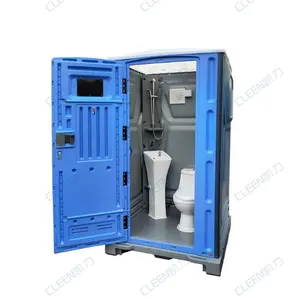





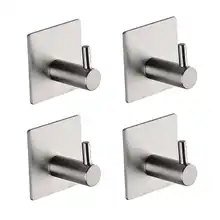
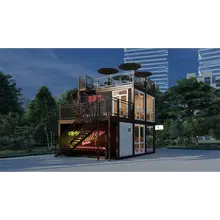

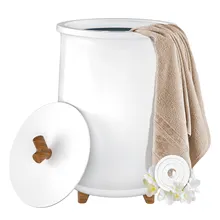




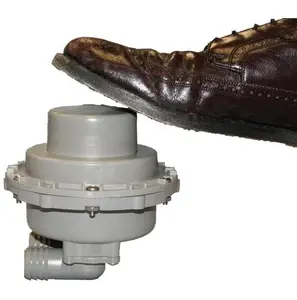

























 浙公网安备 33010002000092号
浙公网安备 33010002000092号 浙B2-20120091-4
浙B2-20120091-4